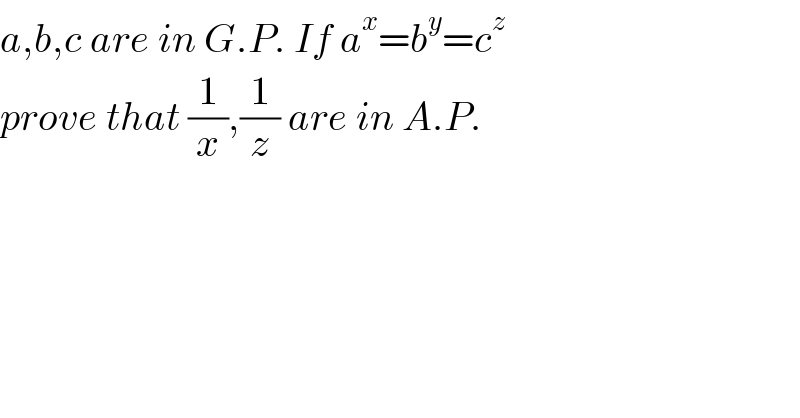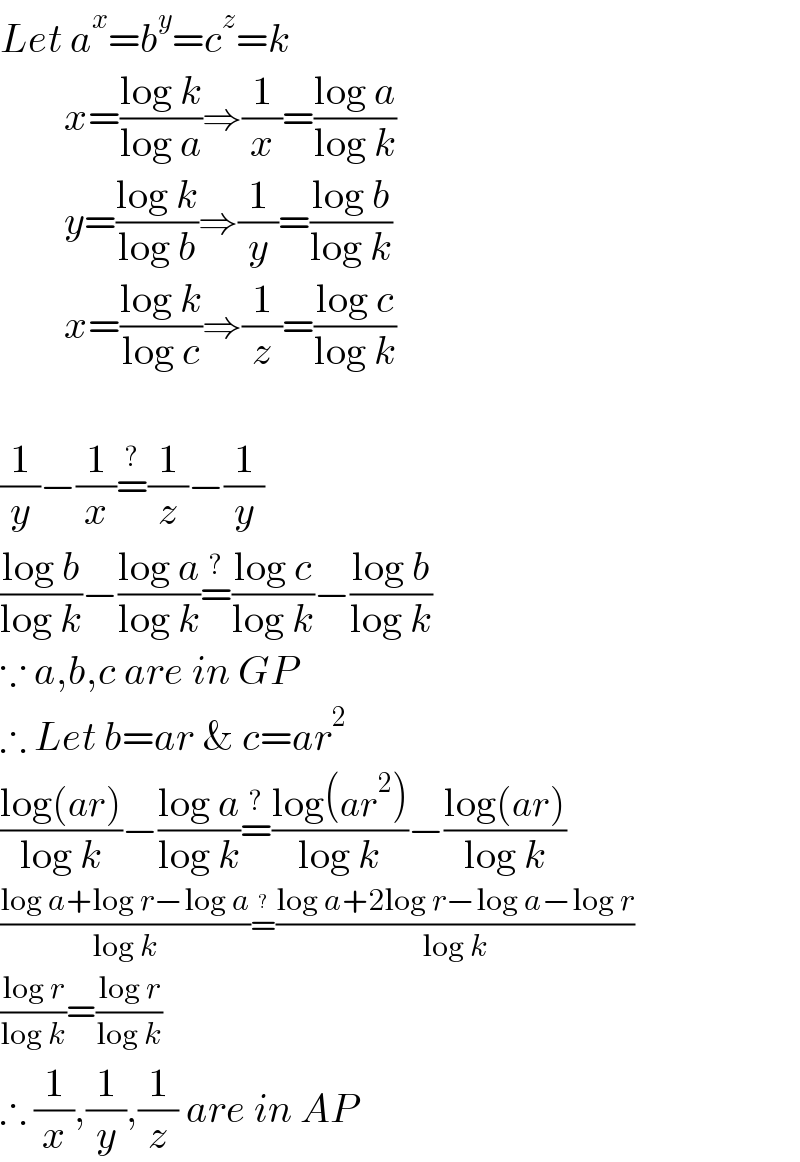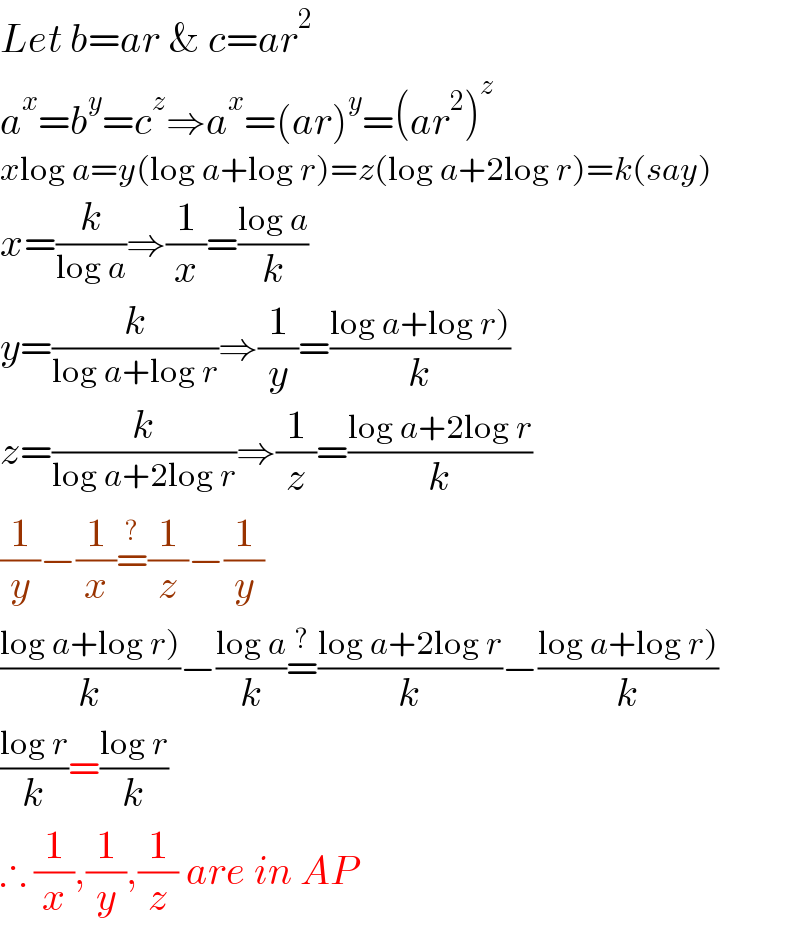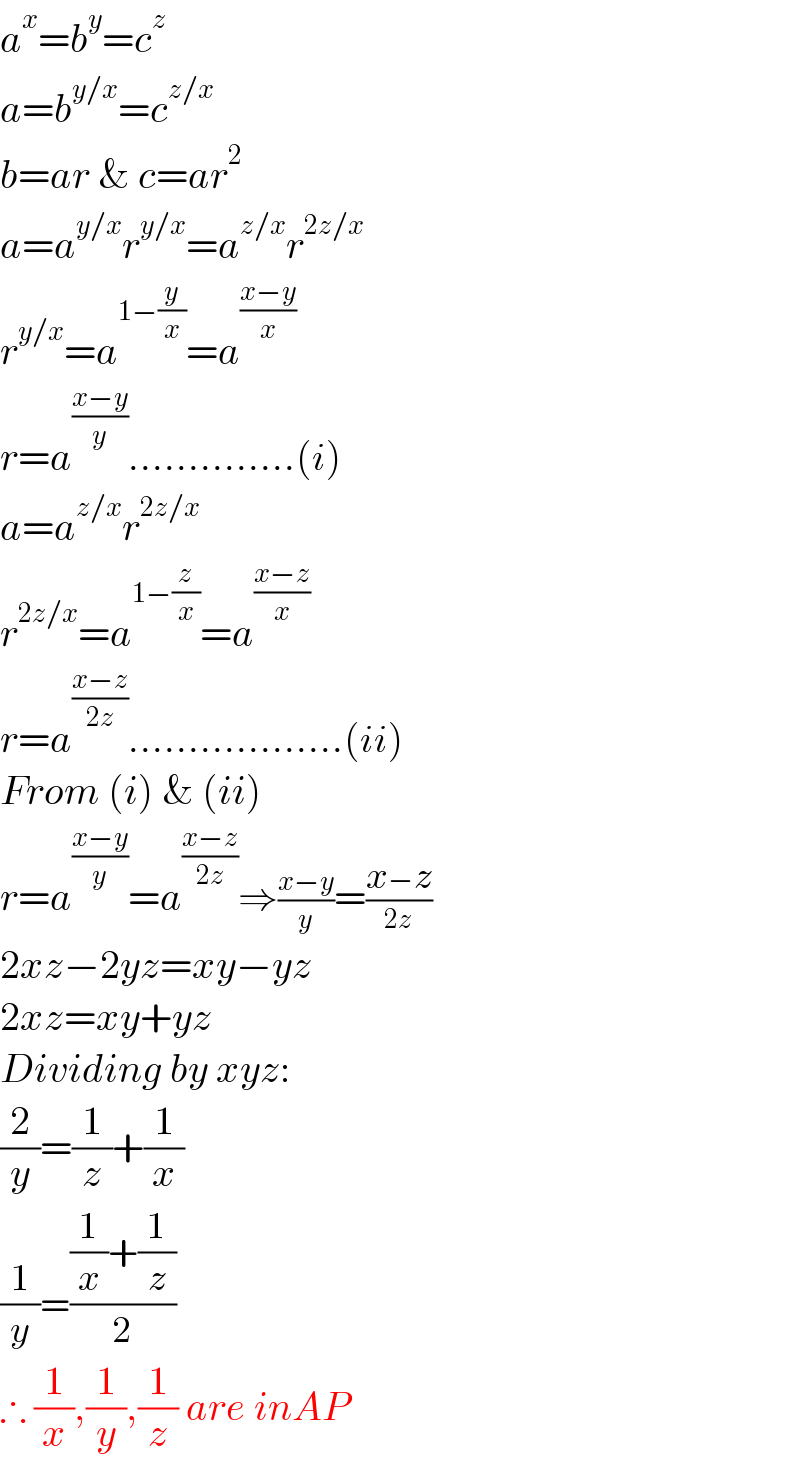
Question and Answers Forum
Question Number 144271 by 7770 last updated on 24/Jun/21

Commented by Rasheed.Sindhi last updated on 24/Jun/21

Answered by Rasheed.Sindhi last updated on 24/Jun/21

Answered by Rasheed.Sindhi last updated on 24/Jun/21

Answered by Rasheed.Sindhi last updated on 24/Jun/21

